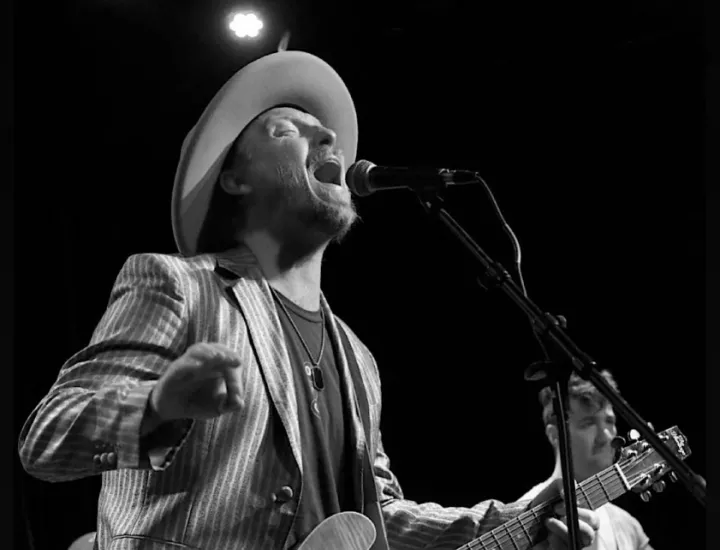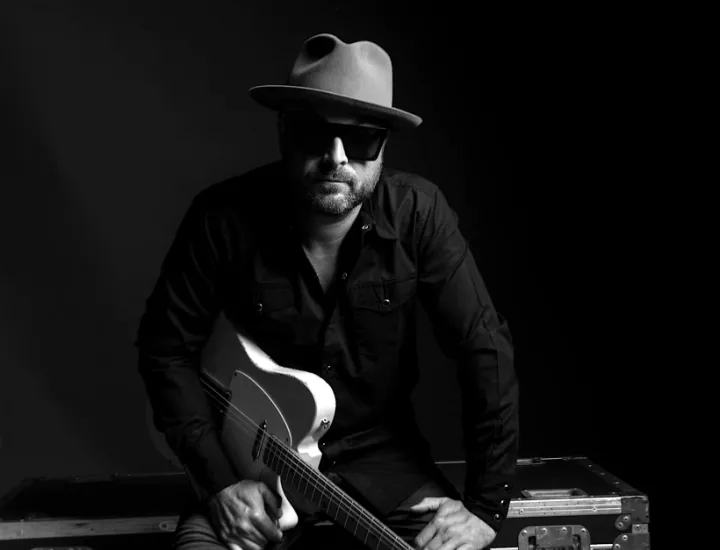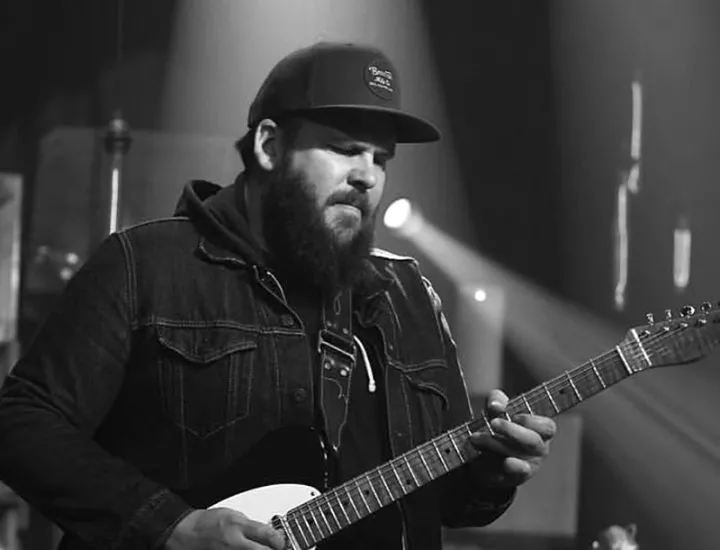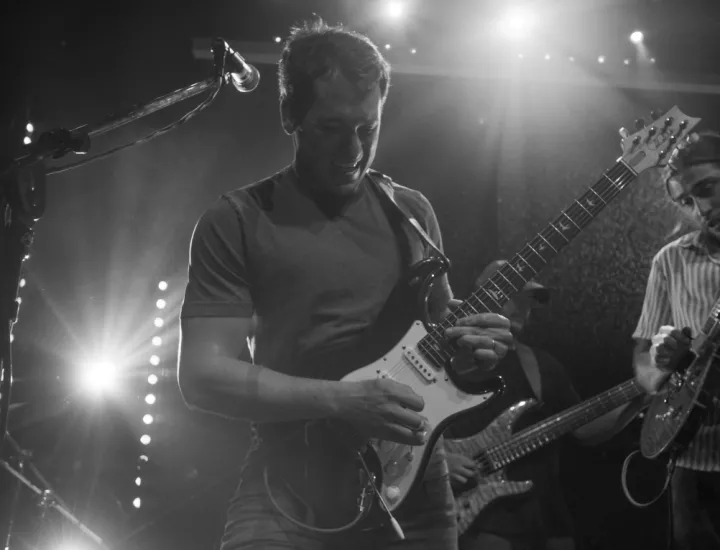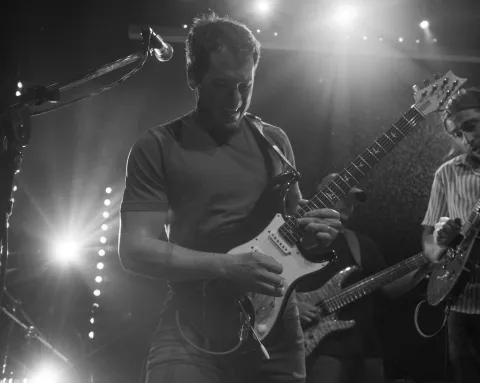Michael is the one who runs this whole thing!
Primary tabs
Zoom Lessons
As a Guitargate Premium Member, you'll receive weekly email invites to our private ZOOM lessons, recorded for anytime viewing. This is your opportunity to ask questions about course material, dive deeper into songs you've been learning, and stay engaged.
Here's what you'll get:
- Weekly ZOOM Lesson - Delivered Directly To Your Inbox
- Recorded Lesson Library - For Anytime Viewing, Q&A, and Video Submission
- Rotating Pro Instructors - Fresh Voices, Fresh Perspectives, All Pro (see below)
- Incredible Value - About ~$5 Lesson
Included In Premium Membership
Purchase Premium Membership Now
In this masterclass led by Michael Palmisano, viewers are taken through an in-depth exploration of constructing seventh chords on the guitar. Michael starts the session by acknowledging the busy schedules and potential holiday plans of his audience, promising to update them on the holiday schedule for the lessons. He quickly transitions into the heart of the lesson, focusing on the construction of seventh chords and their significance in music. Michael emphasizes the addition of a seventh note to the basic triad, explaining how it adds color and depth to the sound, often associated with jazz chords. He utilizes a keyboard to illustrate the concept, making it accessible for those not familiar with the guitar, and highlights the importance of understanding two stacked triads in the construction of seventh chords.
Michael further elaborates on the concept by bringing the lesson back to the guitar, where he demonstrates various chord shapes and how they translate into major, minor, and dominant seventh chords. He encourages viewers to visualize the upper triad in seventh chords, which significantly contributes to the chord's overall sound. Through a series of practical examples, Michael showcases how to apply these concepts across the fretboard in different key signatures. This approach aims to equip viewers with the knowledge to create more complex and emotionally resonant music by incorporating seventh chords into their playing.
The masterclass concludes with an open Q&A session, where Michael invites participants to share their progress, challenges, and any feedback on the lessons. One participant, Kirk, shares his experience with the course, highlighting the value of consistent practice and the gradual understanding of music theory concepts. Michael reflects on the structure of the masterclass, pondering the frequency of lessons, the diversity of instructors, and ways to improve the learning experience for participants. He emphasizes the goal of making music education accessible and engaging for everyone, regardless of their background or level of expertise.
Transcript Summary
- Introduction and Welcome (00:20:915 - 00:50:635)
- Michael welcomes students and gives a heads up about holiday schedules.
- He acknowledges the challenges of keeping up with lessons and assures students of a break during the holidays.
- Michael expresses his hope that everyone's lessons and life are going well amidst the busy time of the year.
- Focus on Seventh Chords (01:20:075 - 01:01:475)
- Michael explains the construction of seventh chords as an extension of basic triads into more complex structures.
- He breaks down seventh chords into two simple triads to demystify their construction and application.
- Using a keyboard and guitar for demonstration, Michael illustrates how seventh chords are built from major and minor triads.
- Guitar Application and Examples (01:30:925 - 01:09:855)
- Michael shows how to play major seventh chords on the guitar, emphasizing the role of the upper triad in defining the chord's character.
- He transitions to minor seventh chords, again highlighting the importance of the upper triad.
- Michael encourages students to practice finding and playing these chords in various positions on the fretboard.
- Understanding Diminished Triads (02:02:105 - 02:09:855)
- The role of diminished triads in music, particularly as the upper structure of dominant seventh chords, is clarified.
- Michael explains the diatonic function of diminished triads and how they resolve within chord progressions.
- He provides examples on guitar to show how diminished triads are used in creating dominant seventh chords.
- Q&A and Student Feedback (04:03:295 - 04:09:855)
- Michael opens the floor to questions and feedback from students, emphasizing the value of daily practice and engagement with the lessons.
- He discusses the structure of the masterclass and solicits feedback on the frequency and selection of instructors.
- A student shares their experience with the course, highlighting the benefits of consistent practice and exposure to various concepts.

